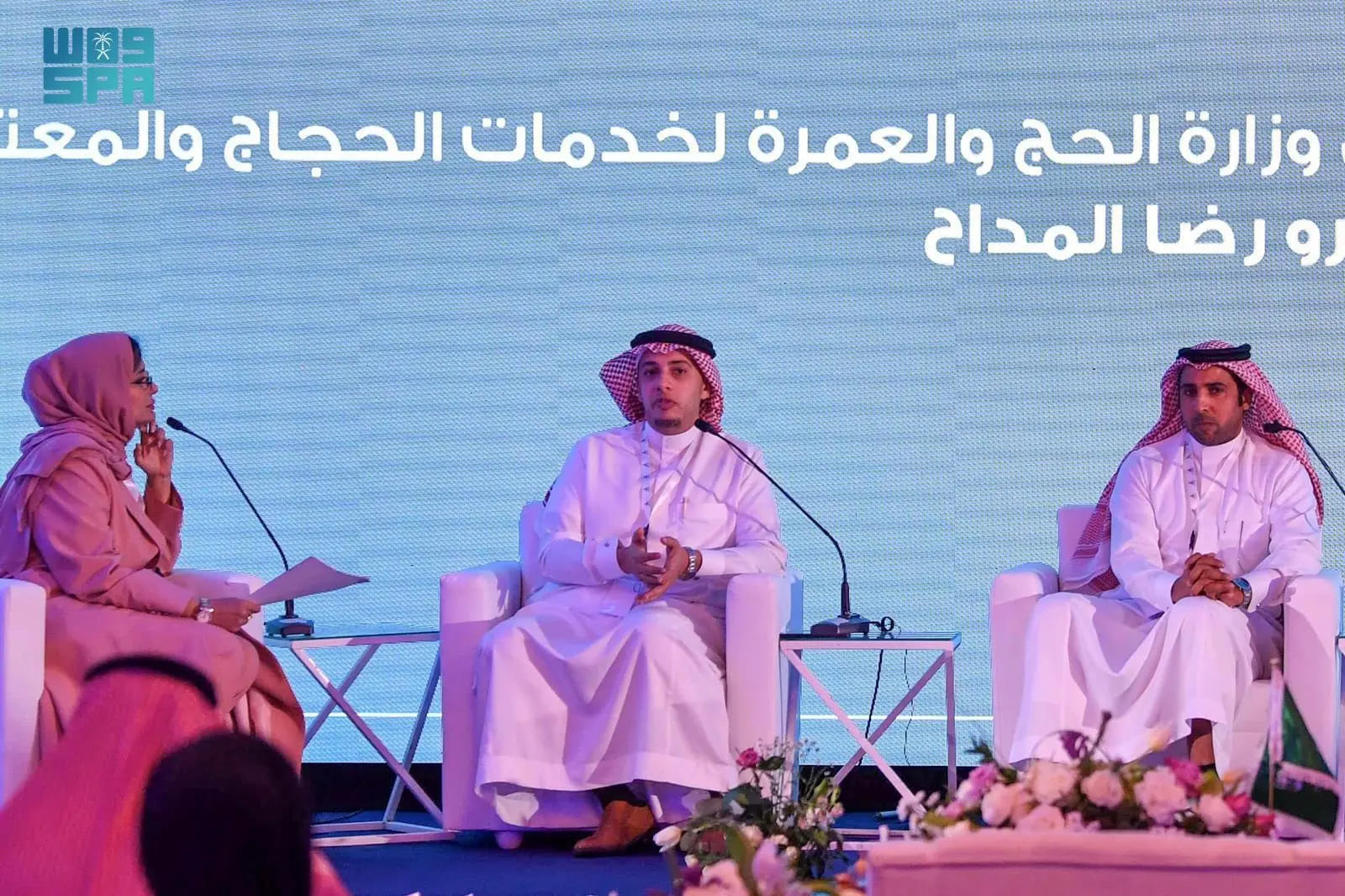

The Investment Forum reviews the challenges and solutions in developing Taif to receive pilgrims and visitors to the Holy House of God
The Taif Governorate Investment Forum this evening, which brings together an elite of decision-makers, business leaders and senior executives from inside and outside the Kingdom, formed a distinguished platform that focused specifically on “Investment in Taif,” addressing, through its topics and workshops, pressing issues such as food security and its sustainability. What investors and entrepreneurs demand, and the challenges and solutions in developing the governorate in line with the Kingdom’s Vision 2030.
The forum sessions sought to ensure that the principles of sustainability remain a main focus point and an essential factor in investment strategies and decisions, taking into account the public interest and contributing to achieving sustainable development for the Taif community and its environs, and enhancing communication and knowledge exchange between leaders and decision-makers, and partnerships between the public and private sectors to achieve development aspirations. Futurism.
The Undersecretary of the Ministry of Hajj and Umrah for Pilgrimage and Umrah Services, Amr Al-Maddah, confirmed during his speech in the second session of the forum entitled “Taif in Receiving Pilgrims and Visitors to the Holy House of God” that one of the challenges that we seek to address in Hajj work is converting brief seasonal work into permanent and continuous work during the Hajj and Umrah seasons. Opening competitiveness between Hajj and Umrah companies; And empowering them to build expertise capable of leading the way, as we aspire through the Ministry to have workers in the Hajj and Umrah season licensed, qualified and trained, and to highlight the true face of Saudi hospitality, especially to the guests of God.
He pointed out that the Ministry is working with the private sector to provide competitive materials for pilgrims, visitors to the Holy House of God, and Umrah performers, by transporting them from the centrality of the Grand Mosque to viewing the surrounding historical sites, visiting museums, and shopping sites, stressing that Medina embraces many archaeological and historical sites that upcoming visitors can visit. It is obligatory for Hajj or Umrah to visit it, and it aspires in the near future to increase visits to sites in Mecca, and to look at Taif due to its proximity to Mecca geographically and highlight its sites and transport pilgrims and pilgrims to it to learn about the sites it hosts, which can be visited such as archaeological, recreational and cultural sites.
In his speech, he noted the work of developing timings in cooperation with the General Authority of Endowments, where a study is being conducted on the sites in partnership with the private sector regarding the possibility of supporting timings and ways to develop them in the required manner, by providing accommodation and other attractive methods.
For his part, the Executive Vice President of Air Transport and International Cooperation at the Civil Aviation Authority, Ali bin Rajab, spoke about Taif International Airport. He explained that the airport operates 9 international destinations; At the end of this year, it will receive a new expansion, which will give the airport more space to receive a larger number of flights or more passengers, whether travelers in general or pilgrims and Umrah. The airport - God Almighty willing - will be able to receive the required numbers of pilgrims, noting that there are diligent efforts to announce the new Taif Airport, and the location of the airport is being determined for study in accordance with travel safety and air navigation regulations.